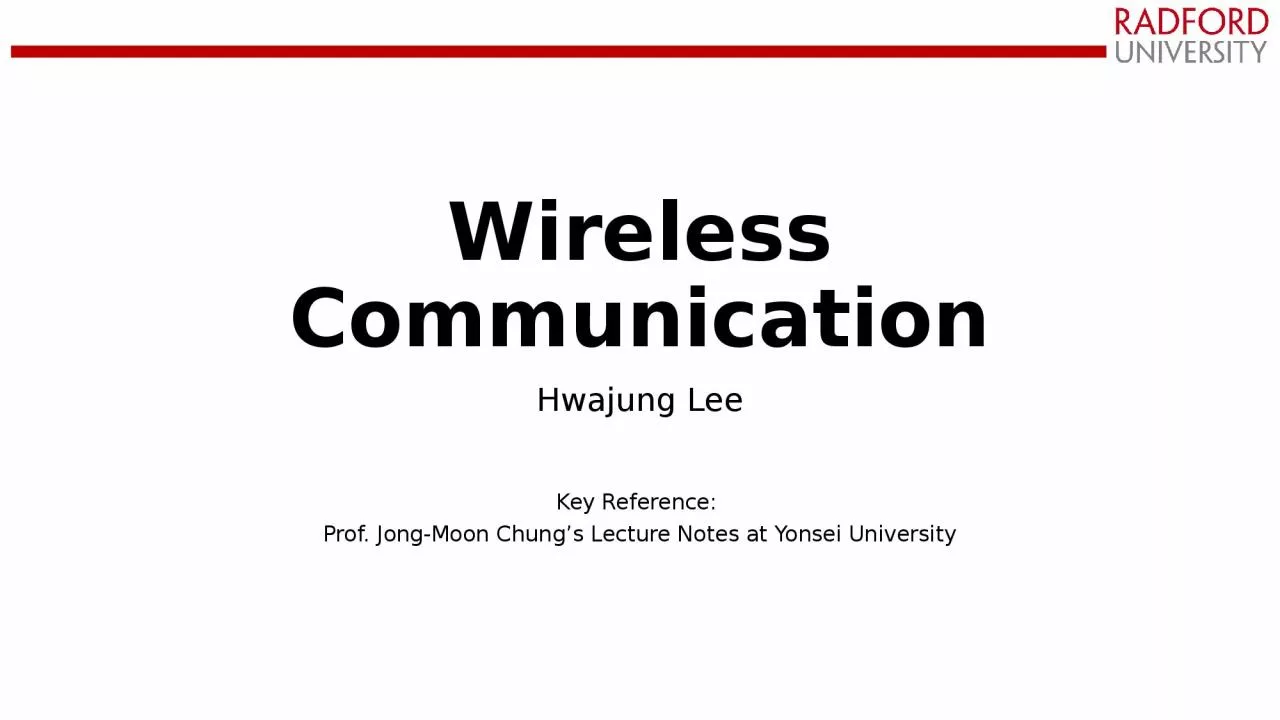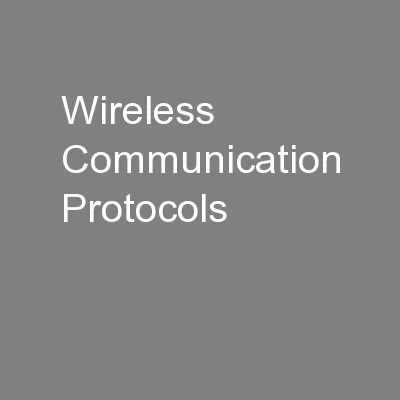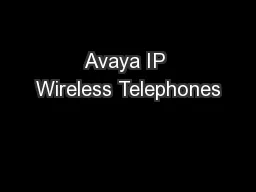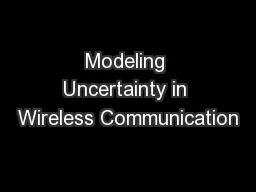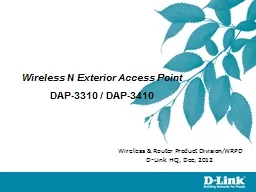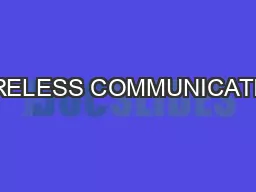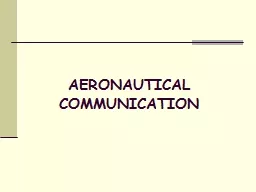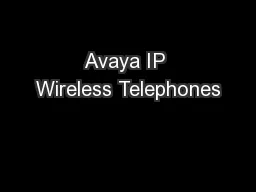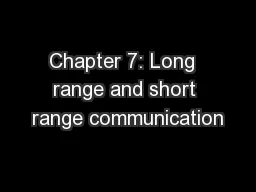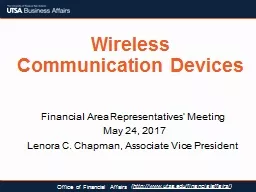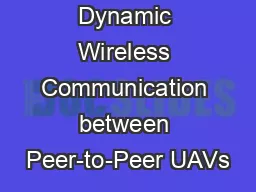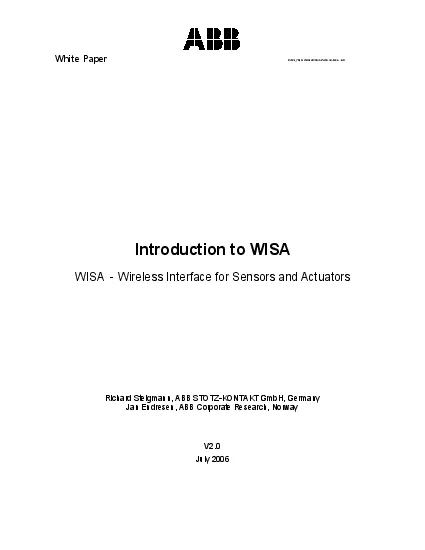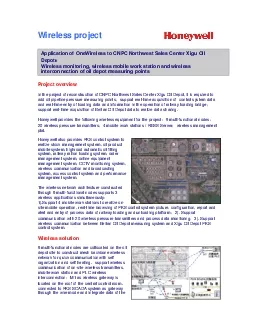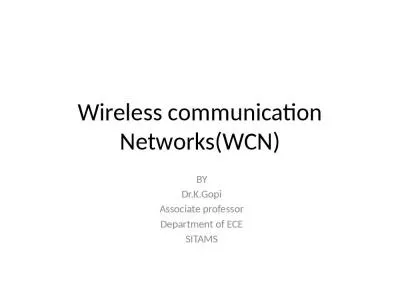PPT-Wireless Communication Hwajung Lee
Author : naomi | Published Date : 2023-11-09
Key Reference Prof JongMoon Chungs Lecture Notes at Yonsei University Wireless Communications Bluetooth WiFi Mobile Communications LTE LTEAdvanced M obil e
Presentation Embed Code
Download Presentation
Download Presentation The PPT/PDF document "Wireless Communication Hwajung Lee" is the property of its rightful owner. Permission is granted to download and print the materials on this website for personal, non-commercial use only, and to display it on your personal computer provided you do not modify the materials and that you retain all copyright notices contained in the materials. By downloading content from our website, you accept the terms of this agreement.
Wireless Communication Hwajung Lee: Transcript
Download Rules Of Document
"Wireless Communication Hwajung Lee"The content belongs to its owner. You may download and print it for personal use, without modification, and keep all copyright notices. By downloading, you agree to these terms.
Related Documents

